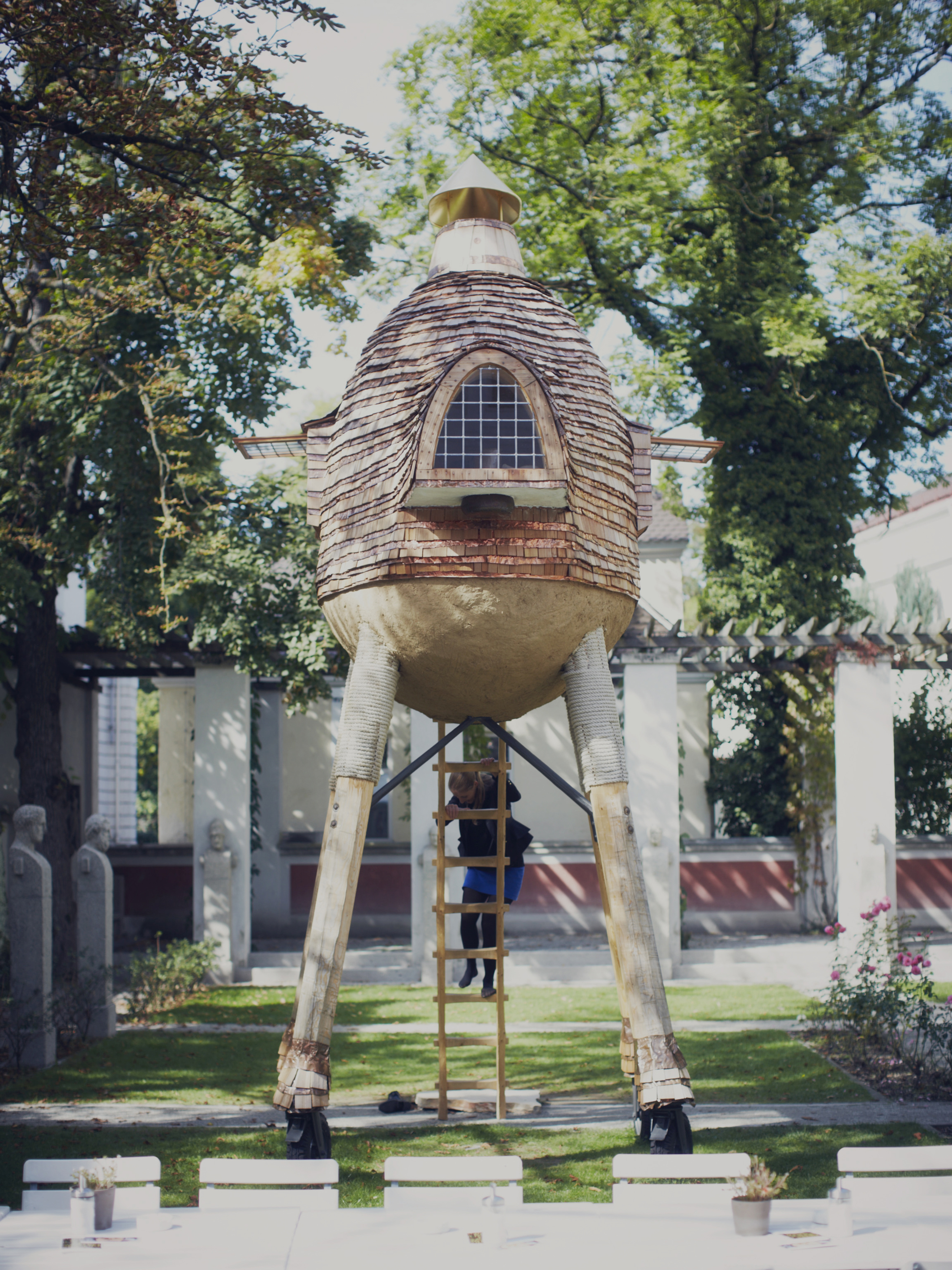
TERUNOBU
FUJIMORI
Der Zauber des
Terunobu Fujimori /
International Vernacular
QUESTIONS:
SEPTEMBER 21, 2012
VILLA STUCK; MUNICH
ANSWERS:
NOVEMBER 30, 2012
TOKYO
JAPAN
Q+A Panels einmal im anderen Format: mit dem Architekten Terunobu Fujimori haben wir vereinbart, Fragen an ihn zu formulieren, die von uns im kleinen Kreis anlässlich seiner Ausstellung im Museum Villa Stuck in München erarbeitet werden.
Unser Booklet, das wir immer zur thematischen Vorbereitung verschicken, wollen wir diesmal, nach einer Führung mit den Kuratoren durch die Ausstellung von Fujimori im Museum Villa Stuck mit allen Anwesenden und Freunden, im kollektiven Brainstorm befüllen. Eine Reihe von Fragen sollen an den Architekten entwickelt werden, die wir ihm dann übersetzt nach Japan schicken und auf differenzierte Antwort hoffen.
Wer am 21. September nicht dabei sein kann, dem legen wir sehr ans Herz, die wunderbare Ausstellung zu besuchen. Gerne übermitteln wir ihm auch alle per email gesendeten Fragen. Aus den Ergebnissen soll ein erstes gemeinsames Q+A Sonderheft zu Terunobu Fujimori entstehen. Diesmal mit Fragen und Antworten.
—
A new approach for Q+A Panels: we have arranged with the architect Terunobu Fujimori that we will present him with a list of questions to be drawn up in a small group on the occasion of his exhibition at Museum Villa Stuck in Munich.
This time, the booklet that we always send out in preparation of our topics will be assembled in a collective brainstorming session which we will hold after a guided tour of Fujimori‘s exhibition at Museum Villa Stuck, conducted by the exhibition curators. Our aim will be to produce a list of questions for the architect, which will be translated and sent to Japan in the hope of receiving nuanced and many-faceted responses.
If you are unable to attend on 21 September, we would urge you to visit this wonderful exhibition on your own. We will also be happy to pass any questions sent in by email to Terunobu Fujimori. The results will be used in the first Q+A edition to be created as a joint effort, as a Terunobu Fujimori special issue with questions and answers.
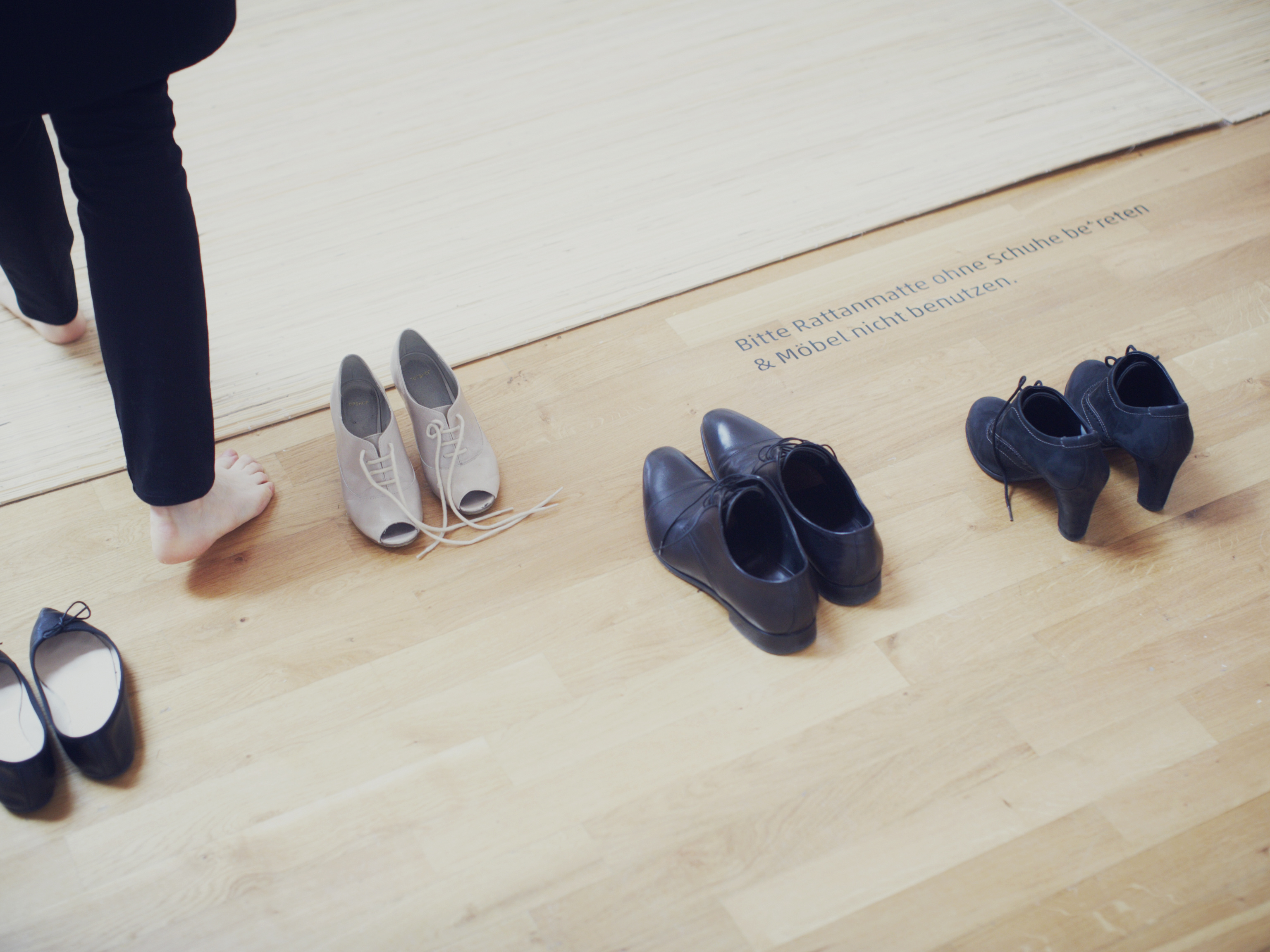


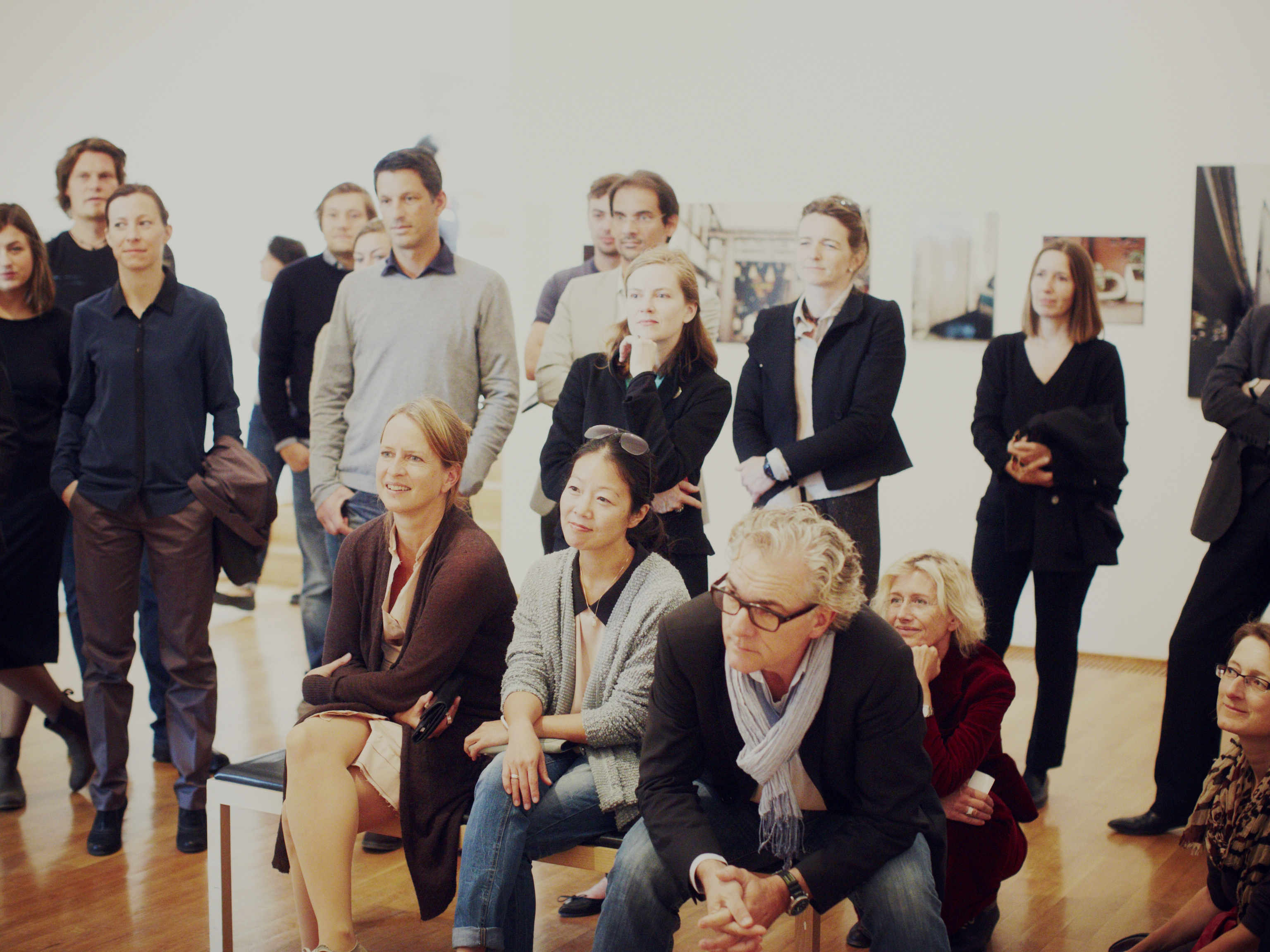
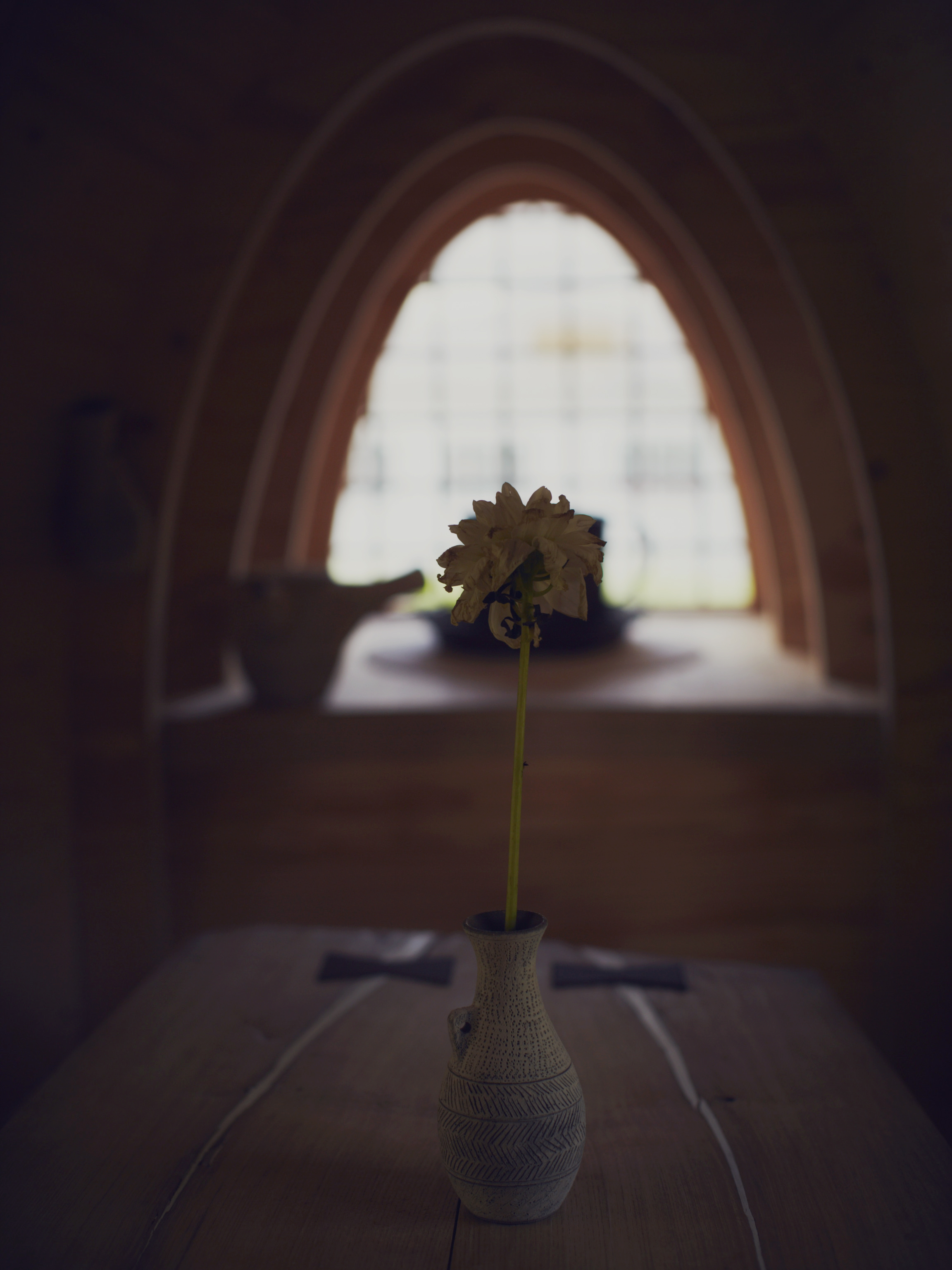



ABOUT
TERUNOBU
FUJIMORI
Terunobu Fujimori (geboren 1946 in der Präfektur Nagano, Japan) ist angesehener Architekturhistoriker. Er studierte an der Universität Tohoku und erst relativ spät, 1991, realisierte er sein erstes Gebäude, das Historische Museum der Priesterfamilie Moriya in seinem Heimatort. Es folgten seitdem viele besondere und eigenwillige Bauten, eindringlich in Erinnerung bleiben seine Entwürfe der Tee- oder Baumhäuser.
„Da Fujimori nicht in einen Vergleich treten will, verbietet ihm sein immenses Architekturwissen, etwas zu entwerfen, das einem ihm bekannten Bau ähnelt“, schreibt der Kurator Hannes Rössler in seinem Text zum Katalog der aktuellen Ausstellung des Architekten in der Villa Stuck. Das Ergebnis sind fantastische, fast traumwandlerische Entwürfe, die etwas ursprüngliches, experimentierfreudiges, naturverbundenes, archaisches und skurriles zugleich aufweisen. Sie scheinen Märchen entsprungen zu sein und strahlen eine Atmosphäre der umfassenden Harmonie aus. Fasziniert, ja sogar betört sind wir von seiner Architektur und sind dem Zauber seiner Ideen auf der Spur.
–
Terunobu Fujimori (born 1946 in the prefecture of Nagano, Japan) is a prestigious architectural historian who studied at the University of Tohoku. Fujimori did not discover his passion for architectural design until comparatively late in life, completing his first building – the historical museum of the Moriya family of priests in his home city – only in 1991. It was followed by many other unique and idiosyncratic buildings; his designs for tea houses and tree houses are particularly memorable.
„Because Fujimori shuns comparisons, his vast knowledge of architecture prohibits him from designing anything that resembles a building already known to him“, writes curator Hannes Rössler in his catalogue text for the architect‘s current exhibition at Villa Stuck. The results are fantastic, almost uncannily instinctive designs capable of simultaneously expressing a range of elemental, wildly experimental, archaic and whimsical qualities combined with closeness to nature. As if born of fairytales, they exude an atmosphere of all-encompassing harmony. We are captivated, even intoxicated by his architecture as we trace the magic of his ideas.
MAKING
OF
Im kollektiven Brainstorm anlässlich der Ausstellung von Terunobu Fujimori in der Villa Stuck diesen
Sommer in München sind nach einer Führung mit dem Kurator Hannes Rössler viele Fragen entstanden. Vielen Dank an alle die kommen konnten und besonderen Dank an Hannes, er ist wichtigster Inspirator unserer Japan-Panels.
Dieses Q+A ist ein kleines Experiment: Anstatt eine Person einzuladen, haben wir sie diesmal besucht um Antworten zu bekommen.
Wir freuen uns, dass wir Terunobu Fujimori für ein Interview in Tokio gewinnen konnten. Im 26. Stockwerk eines Universitätsgebäudes mit Blick über das Viertel Shinjuku liegt sein enges Büro. Um einen Fragebogen auf deutsch, englisch und japanisch saßen dort Herr Fujimori, die Architektin Fumiko Kaneko, die Architekturhistorikerin Murielle Hladik und Eva Kraus im intensiven, multilingualen Gespräch um die Fragen, die versuchen den Zauber seiner Architektur ein wenig besser zu ergründen – es entstanden klare und direkte Antworten.
–
A tour of Terunobu Fujimori’s exhibition this summer at Villa Stuck in Munich with its curator Hannes Rössler sparked a collective brainstorming session which resulted in a catalogue of questions. Our thanks go to all those present, with special thanks to Hannes as the main source of inspiration for our Japan Panels.
This Q+A is an experiment: instead of inviting a speaker to visit us, this time we visited our speaker to seek answers to our questions.
We are delighted that we were given the opportunity to interview Terunobu Fujimori in Tokyo. His small office is on the 26th floor of a university building with views over the city’s Shinjuku district. Mr Fujimori, architect Fumiko Kaneko, architectural historian Murielle Hladik and Eva Kraus assembled around a questionnaire in German, English and Japanese, engaging in intensive multilingual discussions of questions that attempted to explore the magic of his architecture in more depth – producing clear, direct answers.
QUESTIONS
+ANSWERS
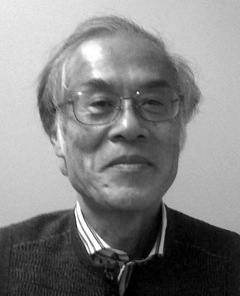
Mr Fujimori, does it bother you if we ask questions about your architecture?
Not at all, that’s perfectly OK!
What made you choose to study architecture?
When I was in the 2nd class at primary school my parents built their house. A carpenter lived with us at home for one year and I was asked to help him in small jobs. When I was young, I did not like this work too much at first, but quickly came to appreciate it. Nevertheless, this experience was my first involvement with a carpenter and with planning the wood.
Later, despite having a degree from the architectural department, I became a theoretician... Up to the age of 45 I never practised architecture, but I was con-fident that I would be able to do it. It so happened that my best friend at the time wanted to built a museum in the countryside, and he asked me to build it -that was a great experience, very interesting. I was delighted to do so.
When, or in which project, did you experience your personal breakthrough?
Which of your projects means the most to you?
In both cases it was the Takasugi-an project.
![Takasugi-an, which literally means “a teahouse [built] too high”](https://freight.cargo.site/t/original/i/33a07201e063dd90e4d814fa39a70fb1e1dfa27fffe31f72bef8affde684a9cf/_Takasugi-an.jpg)
As a theoretician, you are probably familiar with every genre of architecture – but do you have any specific role models or mentors?
Le Corbusier had a strong impact on me, especially his theoretical work. I read Vers une architecture in French. Anyway, I was very positively impressed, surprised, even shocked by his writings. I also visited Le Corbusier‘s buildings such as Ronchamp, which I liked a lot! Since the site was already so extraordinarily beautiful, the architect couldn’t possibly lose with his architecture... The natural surroundings there really add an extraordinary impact to the building. There are other architects as important as Le Corbusier – but his theoretical work is something special! Even now I still like him, despite everything.
In your “3 Basic Principles” of architecture, you spend more time discussing what architecture should not be than what it should be. Does that make your 3 Principles freer and less dogmatic than Le Corbusier’s 5 Elements?
Le Corbusier had great confidence in technology; – that is the difference between him and me.
What contribution can architecture make to society? What is the role of an architect in society?
Architecture provides something visible, gives a form to society that one is able to see.
Who do you create your designs for? Do you have typical “clients”?
They are all very particular, knowledgeable people, in the sense that the clients I have are well educated and experienced and know a lot about architecture [laughs: anybody else would probably not come to see me in the first place!] In my case, people who contact me already like my architecture very much. I suppose you could say they are fans, admirers. Most of my clients come to me when they have not been able to find anything else to suit them.
We heard that you do not have an office in the sense of a central place with a lot of staff?
I will explain to you why -my architecture does not need an office. What I do is, I produce a quick design of the building to a scale of 1:200. Of course it then needs the actual plans, but there are always others to help me out with that. I don’t do it myself. I always find someone, here in Tokyo or elsewhere, to realize it. Once the plans are ready, I have to perform the construction. I show the people who are asked to realize the plans – the carpenters, the construction workers – how to do it. So if you like, I do the end and the beginning.
In your opinion, what is the impact on creativity if you do not have an office?
I work without an office even abroad, and this works out for me. Even though the advantage of having an office would probably be to be able to discuss and exchange ideas with young people.
Did you ever regard your professorship as a replacement for an architects’ office?
As a professor, I only teach history of architecture, which has nothing to do with my work as an architect at all.
What connection do you see today between your teaching activities and architecture in practice?
My students are historians, so this is not really related.
You are a theoretician who insists on getting his hands dirty on the building site. How does that fit together?
Yes, it’s important! Even as a theoretician, I find it perfectly normal to help out on site. Theoreticians normally don’t create architecture; they create words and meaning. Architects usually draw up plans, but that’s not architecture. The real architects are the ones that work on the construction site. That’s why I spend time on site. It’s a global problem that architects do not bother to take part in the progress on site. Drawing a plan is not what architecture is about. It’s more like what painters do if they don’t paint themselves....
Why do you encourage your clients to join in the work?
Ah, ok, this is a really important question!
When clients help out, they start to realize and learn what architecture is actually all about. Another important aspect is that architecture is something that is based on a common understanding, but cannot be understood directly in its entirety. Clients start to understand that architecture is something that isn’t defined or precise, but it also has other qualities - like a product such as an airplane, a computer or other electrical machine. Sometimes when it shakes, one hears sound, or the rain comes in, but this is natural. Clients that personally take part can start to understand and recognize these qualities.
Does architecture actually need architects? And if not, what is the difference between an architect and a non-architect?
What is the difference between architects and non-architects? I don’t think there is much difference. I admit that architecture is in need of someone to make the decisions; and if it’s the carpenter who decides, then it’s the carpenter who becomes the architect. That’s what architecture is ultimately about. Architecture simply means taking decisions.
To what extent does your work address the complex theme of “vernacular”?
This is a difficult discussion! I am certainly really close to vernacular. Basically, vernacular means unconscious intuition. Vernacular is how an epoch articulates itself. Vernacular comes out in individual planning, less so in institutional buildings. Those who work in the vernacular style follow the tradi-tion without much reflection about their methods or meanings. For example, after a catastrophe one needs to rebuilt a house out of necessity; this is vernacular. Yet in this sense my work is not vernacular; it is not intuitive, I am very conscious with respect to my work.
How would you describe your style?
Yes – international vernacular!
And do you reject the idea of progressive architecture?
My friends are all engaged in “progressive architecture”. It is very interesting to follow it and observe it, but it’s not my thing.
You make efforts to use natural materials that are not part of today’s standard solutions. Is that a deliberate choice in order to create a particular atmosphere?
Yes, that is a completely voluntary decision, and gladly so. An ordinary solution would be something one could arrange by phone. If something needs a standard solution, I am happy to leave it to major companies. Well...
Nature as a role model: the shape of a tree is an indissoluble synthesis of “purpose, structure and beauty” – is the distinction which has pervaded European architecture since ancient times useful? Do these three categories also apply in Japanese architecture?
In Japan we do not have a specific perception of nature; nature in Japan is more spiritual.
Your buildings communicate an air of lightness. With reference to your witty urban analyses with ROJO, did this have a productive effect on your work?
About the lightness, I really like humour in things. I’m not happy if there is nothing to laugh about.
You are German, and to be honest, I do not like German ecology. It‘s like school - it’s too severe, there is no humour in it. I actually do not like people who cannot laugh.
How would you describe the qualities of your buildings?
Soft (for example)...
Toyo Ito described your architecture as “abstract” – would you agree? And if so, in what respect?
I accept Toyo Ito’s point, but to be more precise: we do not mean the same. For example, when we talk about Bauhaus architecture and call it abstract. I agree in principle, but not with the same understanding of the word “abstraction”.
You “create” emotions in various ways. To what extent can you plan or foresee the ways that buildings trigger emotions?
Difficult question. My idea, at least, is that when the client is happy this is enough.
You make frequent references to the Stone Age.
What did they have then that we are lacking today?
Yes! That is the question: what is missing! Today we lack the connection between handicraft and hand, - the relationship between the object and the hand. Everything comes down to a tree, the earth, and fire...
Your work seems to create something which has been lost as the modern age has developed. Are you building the remainder, this lost part, of the modern age? Have you turned away from modern architecture in Japan?
Exactly!
To take the example of One Night Tea House, 2003: Here you break away from the traditional architecture of the tea house (specifically, with the element of a large open window at the front) – is this break with tradition part of your agenda?
Initially the tea ceremony was very far removed from the tradition of architecture. I like the ceremony of tea, but the concept of a tea house is something different and is not connected with the tradition or the discipline of architecture. Tea ceremonies are exactly planned and defined.
What political and cultural value do tea houses have?
They are utopias. Actually, miniature utopias. But somehow also the opposite of utopia...
Is the tea house as a retreat as much of a cultural phenomenon as the literary parallel universes of Haruki Murakami? Do you like his “fantastic places”?
I like to create utopias, imaginary places – that is all there is to it.
How would you build if you knew nothing about the history of architecture?
Difficult to say. There are people who know nothing about architecture and create beautiful things, and there is also the opposite: people who know a lot about it produce banal things. I am not keen on discussing with people who do not know anything about architecture; I like to talk to people that are knowledgeable about it.
Are you interested in the Metabolists?
No!
Could you imagine building in the context of large metropolitan centres like Tokyo or New York?
See my jungle sketch. I imagine trees above the rooftops that cover the city. I would love to do it, but nobody’s asked me to...

Are home rituals still possible in the urban landscape and society of Japan today?
Yes, they are possible.
Is “free space” an ideal for you that can no longer be fulfilled in the modern world (space which no longer exists)? In terms of freedom, liberty in your mind ...
I like a free spirit.
The influence of Western modernism in Japan in the early 20th century was dominated by the architects Frank Lloyd Wright and Antonin Raymond. Did that also have an effect on you?
Modernism was influential in Japan, especially with respect to fluid spaces.
Your buildings often appear to be a patchwork of references to very diverse sources of inspiration in art and architectural history. Is it part of your agenda to dissolve familiar typologies?
I was influenced by so many areas, so yes, it’s patchwork. Claude Lévi-Strauss calls it “bricolage”.
You are regarded as an expert on “standing stones” and have researched and analysed them all over the world. Is that one reason why many of your works are free-standing, monolithic buildings?
I started to research standing stones after starting to build. Actually, when I realized that this was important as a reference, I got into the subject actively and found out more. Isamu Noguchi was the one to be influenced by standing stones.
Was the Coffee House that you built in Munich a deliberate reference to the 1567 painting The Land of Cockaigne by Pieter Bruegel, exhibited in the Alte Pinakothek gallery there?
Yes, I took advantage of Bruegel for the Walking Café; I love his work and made use of him.
Corbusier asks Dalí: What does the future of architecture look like ?
Dalí: Soft and hairy.
Our question to you is therefore: Does architecture need pants if it already has hair?
If the question is whether to wear a machine, this is architecture too.
Would you regard chopping wood as an escape from academic work and TV interviews? Or in general, from Japan’s high-speed pace of life?
I like to build fires.
We would be very interested in your views and comments on the following:
—
Friedrich Kiesler (such as the 1950s Endless House)
Concerning Kiesler and The Endless – I am very interested in the form of the grotto, that’s what attracts me.
—
Atelier Bow Wow
As architects they have very original ideas, clear minds.
—
Rudolf Steiner
When I think about his architecture I see something that is not professional; he did not know much about materials.
—
Claude-Nicolas Ledoux
He was the first architect I liked a lot.
—
Archigram
Splendid! I very much like Walking City.
—
Rem Koolhaas
He succeeds in creating architecture by the force of his intelligence.
Have you achieved your goals? What still inspires you?
A house that floats in space – this is an early goal that still remains.
In your view, what would be the perfect training for an architect?
Culture.
To what extent has your media presence changed your career – in terms of both content and social role?
The media has an immense influence and awareness of my work. I did not like to present my work at first, but there are now a lot of requests.
You outlined a post-apocalyptic scenario for Munich and New York City. Is there any vision of urban architecture that you would like to see realized?
I like to think about urbanism, large cityscapes, but there is no need to have a vision for the city. My vision is that the city will disappear. Since the Renaissance there have been many ideas and visions for urbanism, but they stopped after Archigram ever since; there hasn’t been anything else. I like Archigram; my visions were a bit like them, that newcities are like ruins. (Laughs) So please don’t ask me; my vision is destruction. I even made New York and Tokyo disappear.
Do all our questions about your fascinating buildings spoil the fascination?
No I don’t think so, it’s perfectly fine.
Thank you.
︎︎︎
PANEL ARCHIVE BY TOPIC
RESOURCES
Panel 24
GIOVANNI VECCHIATO
social coding / spatial coding
2025
—
Panel 22
AIMÉE VAN WYNSBERGHE
AI + Ethics / Der unstillbare Hunger der KI
2024
—
Panel 15
SEMIR ZEKI
Is beauty really subjective and can it be quantified? / Cortex (A1)
2020
—
Panel 12
GIACOMO PIRAZZOLI
Green Up / (Crossinglab.com)
2014
—
Panel 8
MARTINA FINEDER and
THOMAS GEISLER
Design Clinic / Das Papanek Konzept
2012
—
Panel 5
MUCK PETZET
Now is tomorrow / Bauen im Bestand
2012
JAPAN
Panel 9
CHRISTINE VENDREDI-AUZANNEAU and
MARIO CARPO
Identicality
2013
—
Panel 7
TERUNOBU FUJIMORI
Der Zauber des Terunobu Fujimori / International Vernacular
2012
—
Panel 4
MASAMI SAITO and HANNES RÖSLER
The architecture of food / Gebaute Speisen
2011
—
Panel 3
MURIELLE HLADIK and WILFRIED KÜHN
Passage du temps
2011
—
Panel 1
MOMOYO KAIJIMA
Atelier Bow-Wow
2010
︎︎︎
PANEL 24 — Resources
GIOVANNI VECCHIATO
social coding / spatial coding
PANEL 23 — Carte blanche
MARKUS GABRIEL /
JOCELYN MACLURE
A Dinner Party
2.0
PANEL 22 — Resources
AIMÉE VAN WYNSBERGHE
AI + Ethics /
Der unstillbare Hunger der KI
PANEL 21 — Carte blanche
YSC – YOUNG SECURITY
CONFERENCE
Art, War and Revolution /
Ausdrucksformen der Verwüstung
und Genesung
PANEL 20 — Carte blanche
ALEX RÜHLE
Lesung: Europa – wo bist du?
Unterwegs in einem
aufgewühlten Kontinent
PANEL 19 — La Cittá
ELISABETH MERK
ANDREAS HOFER
MICHAEL BUHRS
MARKUS STENGER
Transformation der Orte / What’s your program?
PANEL 3 — Japan
MURIELLE HADIK and
WILFRIED KÜHN
Passage du temps
PANEL 2 — Political Space
SAMIR EL KORDY
and YING ZHOU
Political Space

